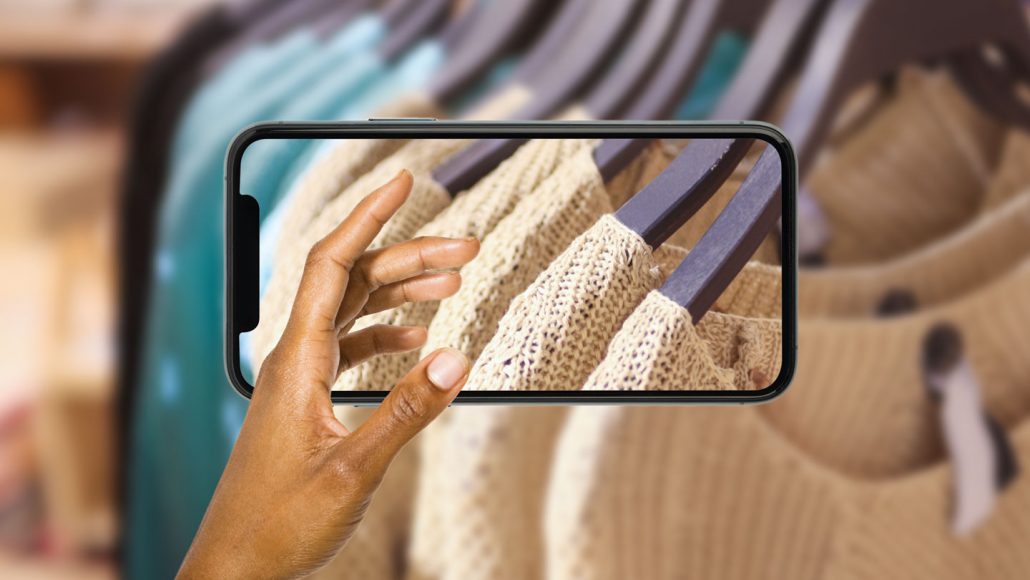Questions for ‘A sense of touch could upgrade virtual reality, prosthetics and more’

Researchers are trying to make it possible to sense textures on a computer screen and with artificial limbs.
Hand: Image Source/ Getty Images Plus; Sweaters: CerebroCreative/iStock/Getty Images Plus; Phone: Issarawat Tattong/Getty Images Plus; T. Tibbitts